As the upgrade of the Advanced Photon Source nears completion at Argonne National Laboratory, scientists anticipate the experimental possibilities.
Tag: Synchrotron Science
Ability to track nanoscale flow in soft matter could prove pivotal discovery
Scientists developed a novel technique using X-ray photon correlation spectroscopy to study soft matter at the nanoscale. This method enables precise determination of the flow behavior of nanoparticles in soft matter exposed to an external stimulus.
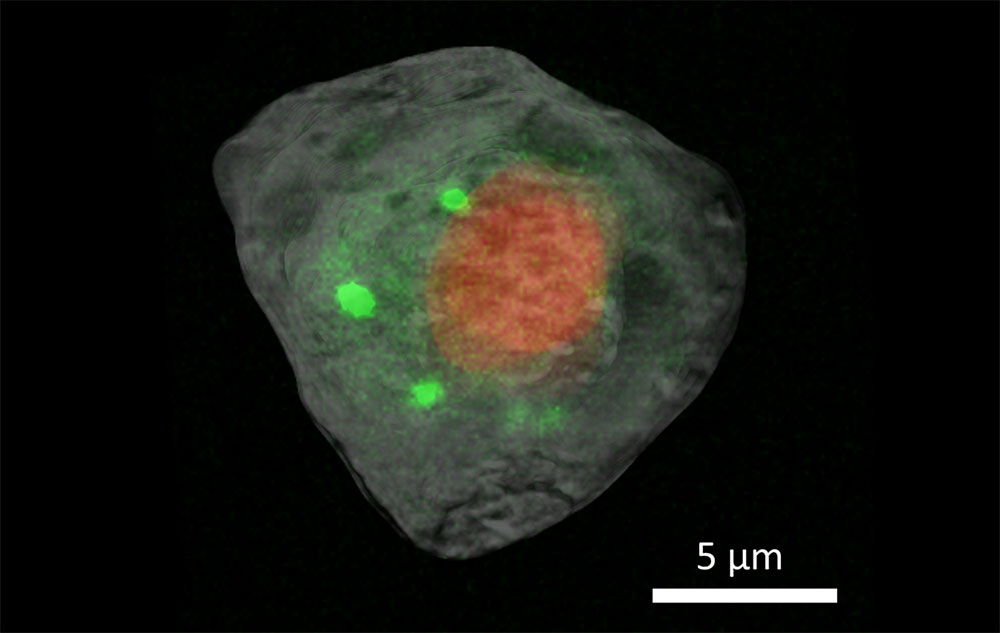
Pioneering the Cellular Frontier
Scientists use a multimodal approach that combines hard X-ray computed tomography and X-ray fluorescence imaging to see the structure and chemical processes inside of a single cell.
Ushering in a brilliant future at the Advanced Photon Source
Dignitaries and luminaries attended a dedication ceremony for the upgraded Advanced Photon Source at Argonne National Laboratory. The new facility will open new doors to discovery.
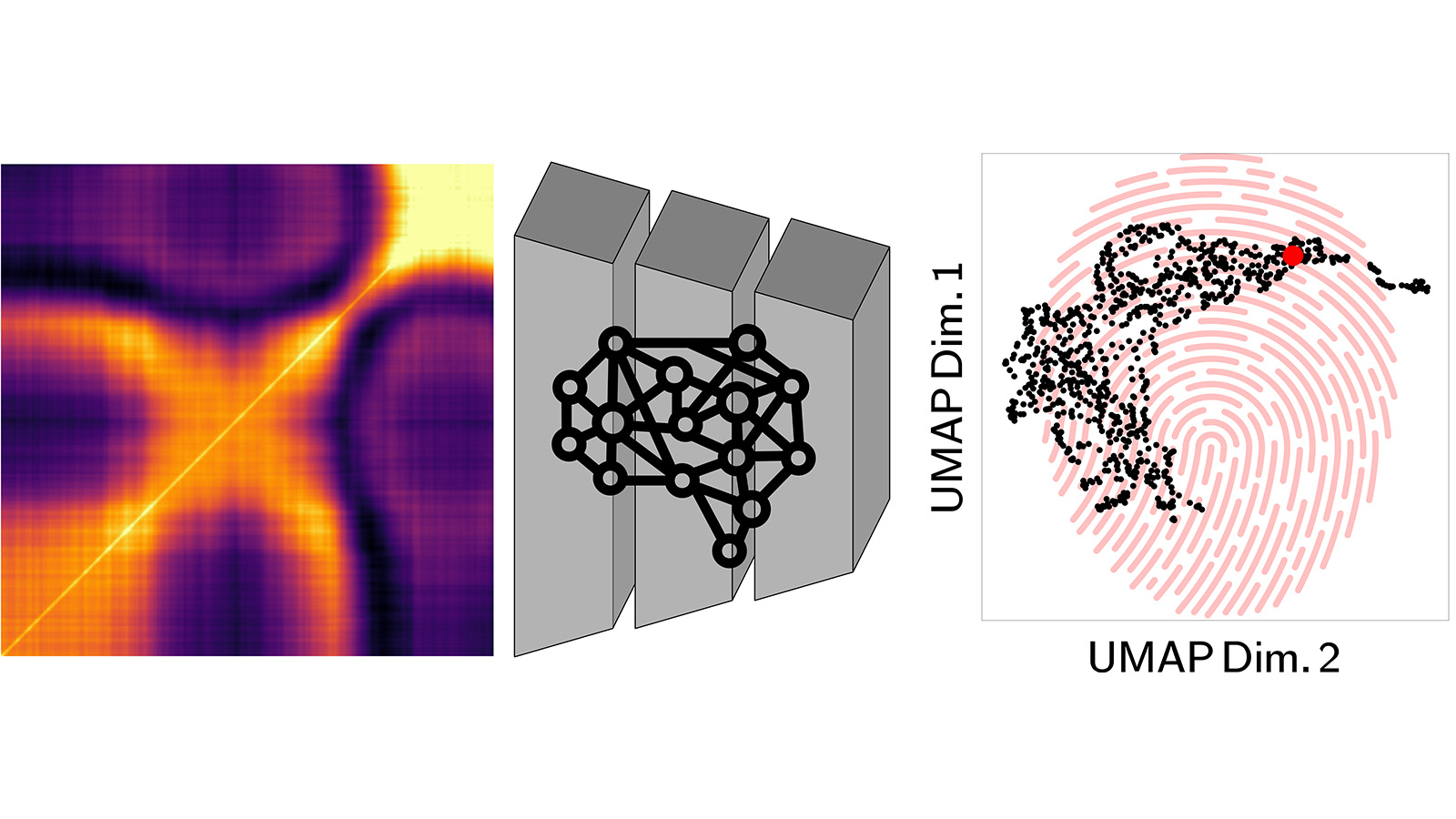
Scientists develop new artificial intelligence method to create material ‘fingerprints’
Researchers at the Advanced Photon Source and Center for Nanoscale Materials of the U.S. Department of Energy’s Argonne National Laboratory have developed a new technique that pairs artificial intelligence and X-ray science.
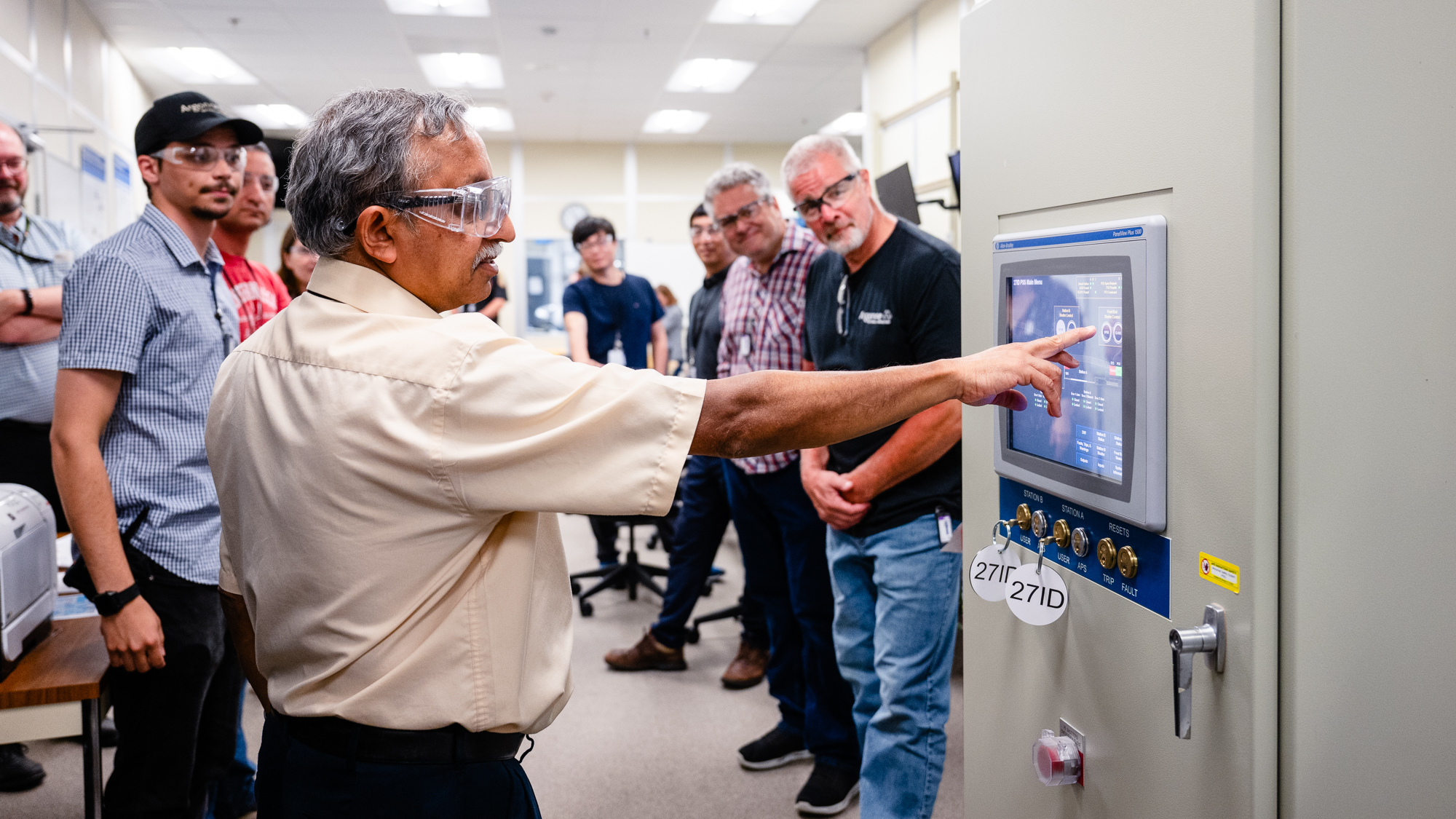
Shine on: Upgraded Advanced Photon Source sees first X-ray light for science
After a decade of planning and a year of removal, installation and commissioning, the upgraded Advanced Photon Source has delivered its first photons to a scientific beamline. This paves the way for the start of a new era of scientific discovery at the upgraded facility.
Scientists pioneer autonomous robotic method for studying liquids suspended in air
Researchers at the U.S. Department of Energy’s Argonne National Laboratory have used robots and artificial intelligence to dramatically speed up data collection and analysis in X-ray studies of liquids.
Using artificial intelligence, Argonne scientists develop self-driving microscopy technique
Argonne researchers have tapped into the power of AI to create a new form of autonomous microscopy.
Argonne to recycle magnets from Advanced Photon Source in new physics experiment at Brookhaven
Argonne is recycling 700 magnets as its Advanced Photon Source undergoes an upgrade, and the old magnets will be used for the Electron-Ion Collider.
Three Argonne scientists receive 2023 DOE Early Career Awards
Argonne researchers received three DOE Early Career Awards, which will help early-career researchers establish themselves as experts in their fields.
Speaking my language: Robert Winarski’s background helps him coordinate beamline installation for the Advanced Photon Source Upgrade
With the year-long shutdown underway, the Advanced Photon Source Upgrade project is in the midst of building seven new beamlines, constructing the infrastructure for two more, and updating several more existing beamlines. Robert Winarski is coordinating all of this work, and his background as a scientist who has constructed beamlines is key to his success.
Scientists create antibody ‘cocktail’ to fight deadly Lassa virus
A group of researchers have used the Advanced Photon Source to look at monoclonal antibodies to subvert the “shield” of the Lassa virus, potentially paving the way for new therapies.
Researchers unveil new AI-driven method for improving additive manufacturing
Argonne’s Advanced Photon Source helped scientists develop a new technique for detecting and predicting defects in 3D printed metals.
Scientists develop more humane, environmentally friendly battery material
Scientists have developed a new lithium-ion battery cathode that is free of cobalt, making it more attractive geopolitically.
Investigating battery failure to engineer better batteries
Researchers use cutting-edge X-ray techniques to observe how an operating solid-state battery degrades.
Argonne announces 2022 Postdoctoral Performance Awards
Nine postdoctoral appointees were recognized with Postdoctoral Performance Awards.
Scientists enhance stability of new material for solar cells
Scientists at the University of Missouri used Argonne’s Advanced Photon Source to identify the structure of a perovskite material grown using chemical vapor deposition, potentially representing a breakthrough for solar cells.
Media Tip: Shock to the system: Using electricity to find materials that can learn
Is it possible for nonbiological materials to “learn”? The answer is yes. Scientists used the Advanced Photon Source, a U.S. Department of Energy (DOE) Office of Science user facility located at the DOE”s Argonne National Laboratory, to observe a nonliving material mimic behavior…
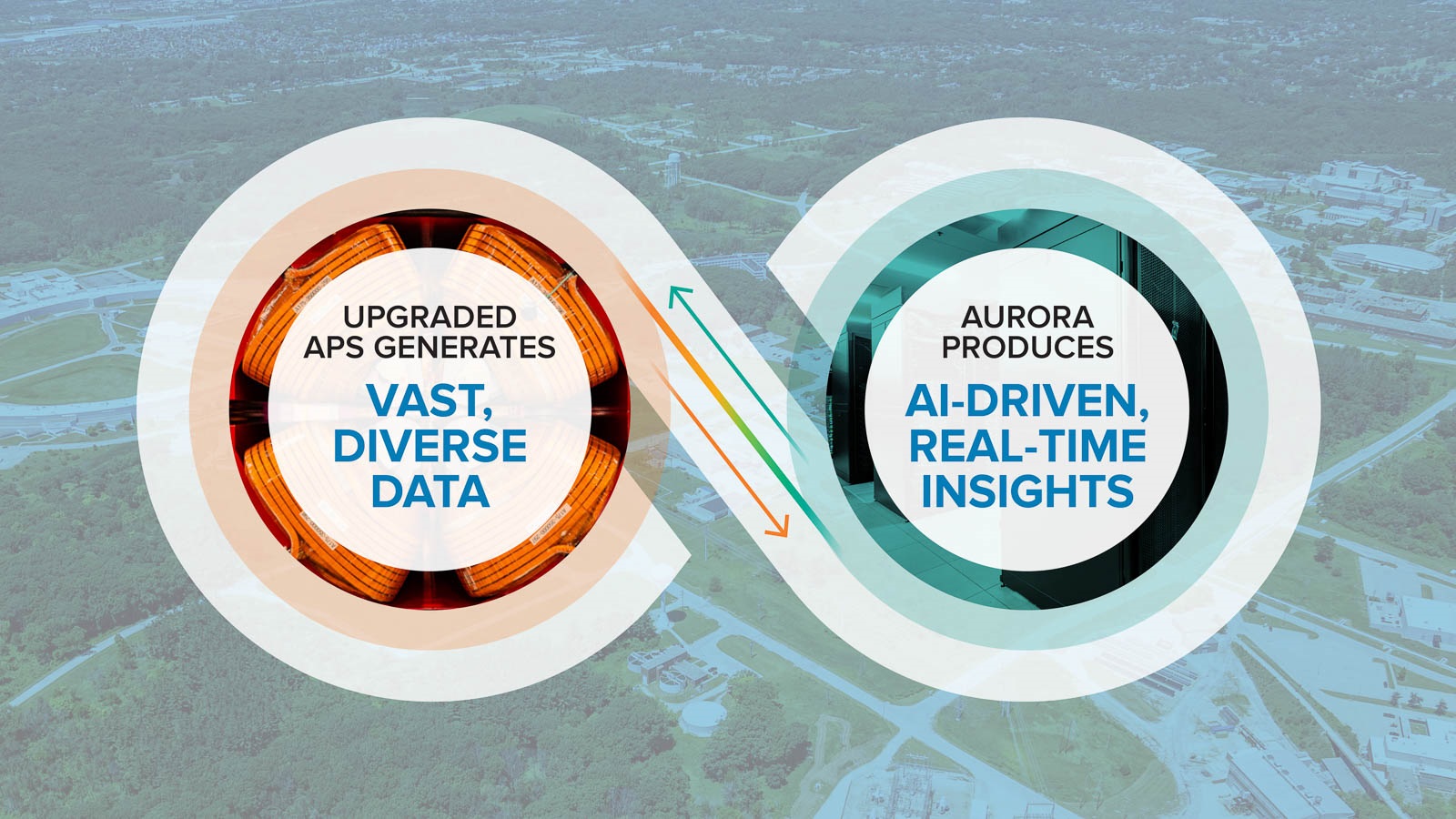
Aurora and the upgraded Advanced Photon Source to power discovery at Argonne
Argonne is creating a supermerger between its new Aurora supercomputer and upgraded Advanced Photon Source. The combined data collection and computing power will enable ultrafast data analysis, advance discovery time and unlock new science.
Scientists develop new algorithm that may provide insights into battery corrosion
New method provides insight into how materials evolve in real-time.
Hitting a new peak: Scientists enhance X-ray data analysis with artificial intelligence
Scientists at Argonne’s Advanced Photon Source have created a new method using artificial intelligence to speed up the analysis of X-ray diffraction data.
Through the looking glass: How a state-of-the-art optics system will make the APS Upgrade possible
The upgraded Advanced Photon Source will need a new optics system, one that is much more precise than the current one. A team of Argonne specialists created the new system, and even had to invent new tools to design and test it.
Unlocking the secrets of Earth’s early atmosphere
Research partly conducted at the Advanced Photon Source helped scientists discover the composition of Earth’s first atmosphere. What they found raises questions about the origin of life on Earth.
New Argonne partnership to predict fuel injector dynamics
Collaborators use experiments, high-fidelity simulations and machine learning to deliver predictive tools to engine manufacturers.
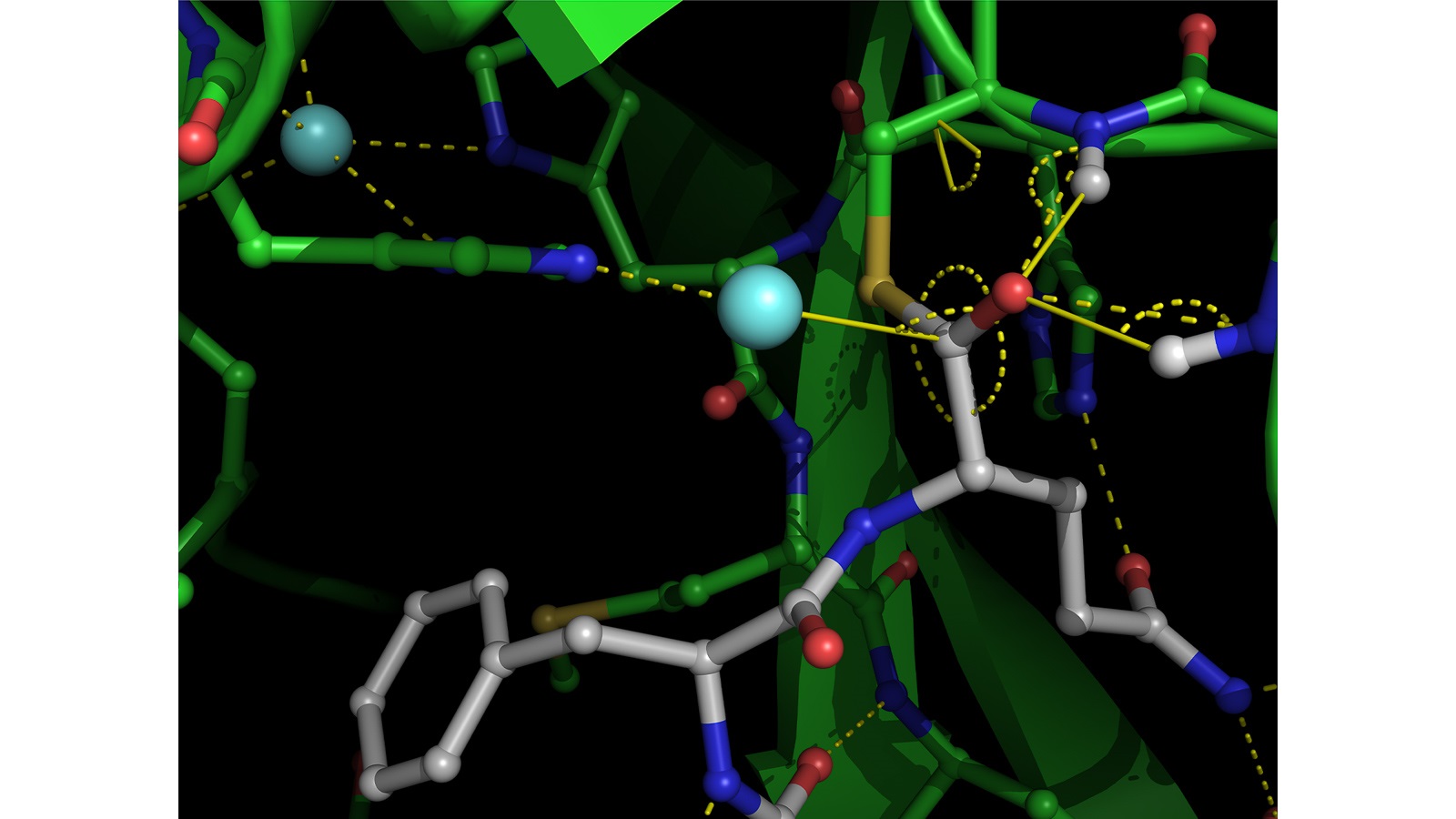
Caught in the act: New data about COVID-19 virus’s functions could aid in treatment designs
For the first time, a team of researchers has captured X-ray images of a critical enzyme of the COVID-19 virus performing its function. This discovery could improve design of new treatments against the disease.
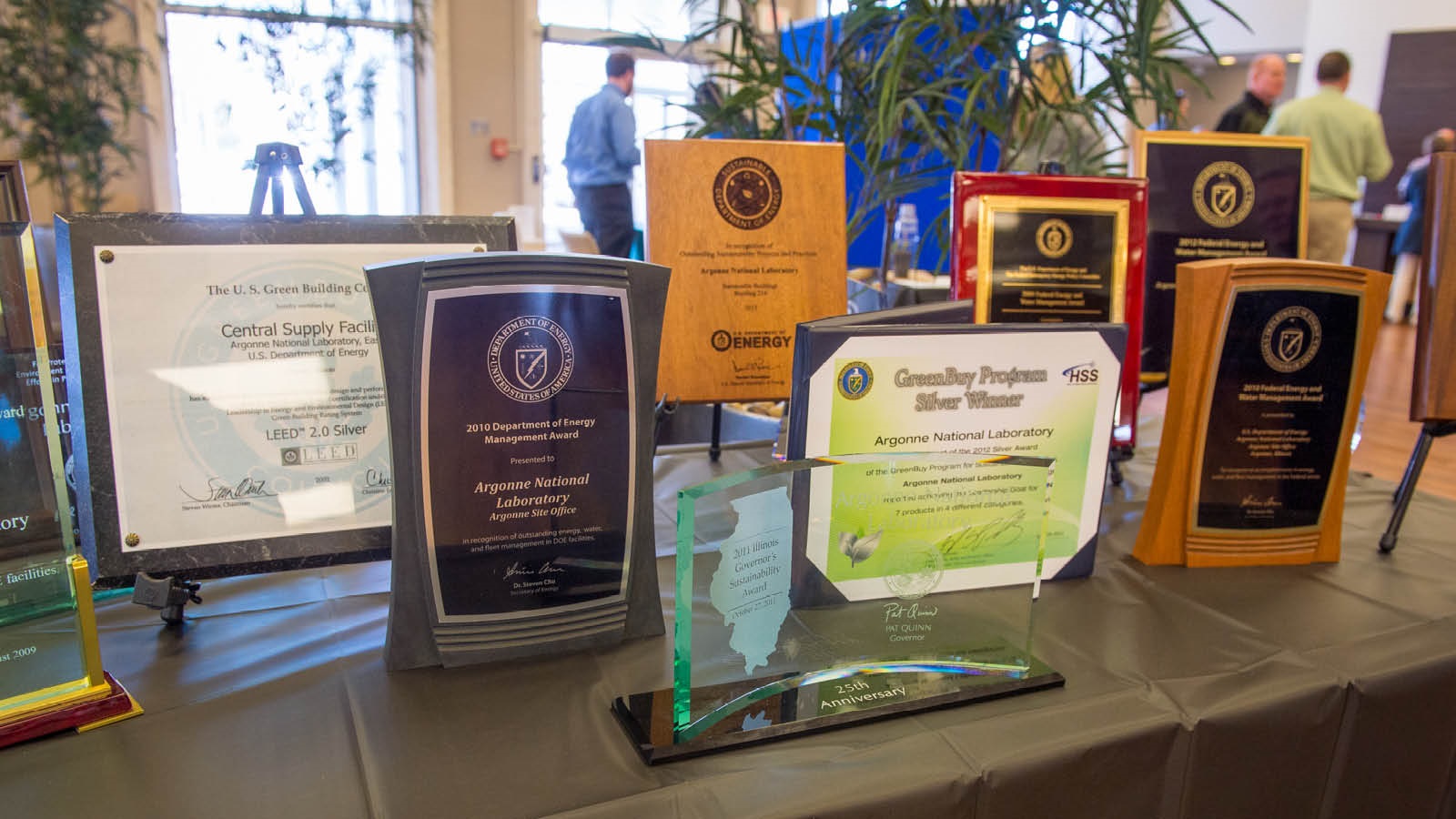
Argonne’s 2021 Maria Goeppert Mayer Fellows bring new energy, promise to their fields
The Department of Energy’s Argonne National Laboratory is proud to welcome five new FY21 Maria Goeppert Mayer Fellows to campus, each chosen for their incredible promise in their respective fields.
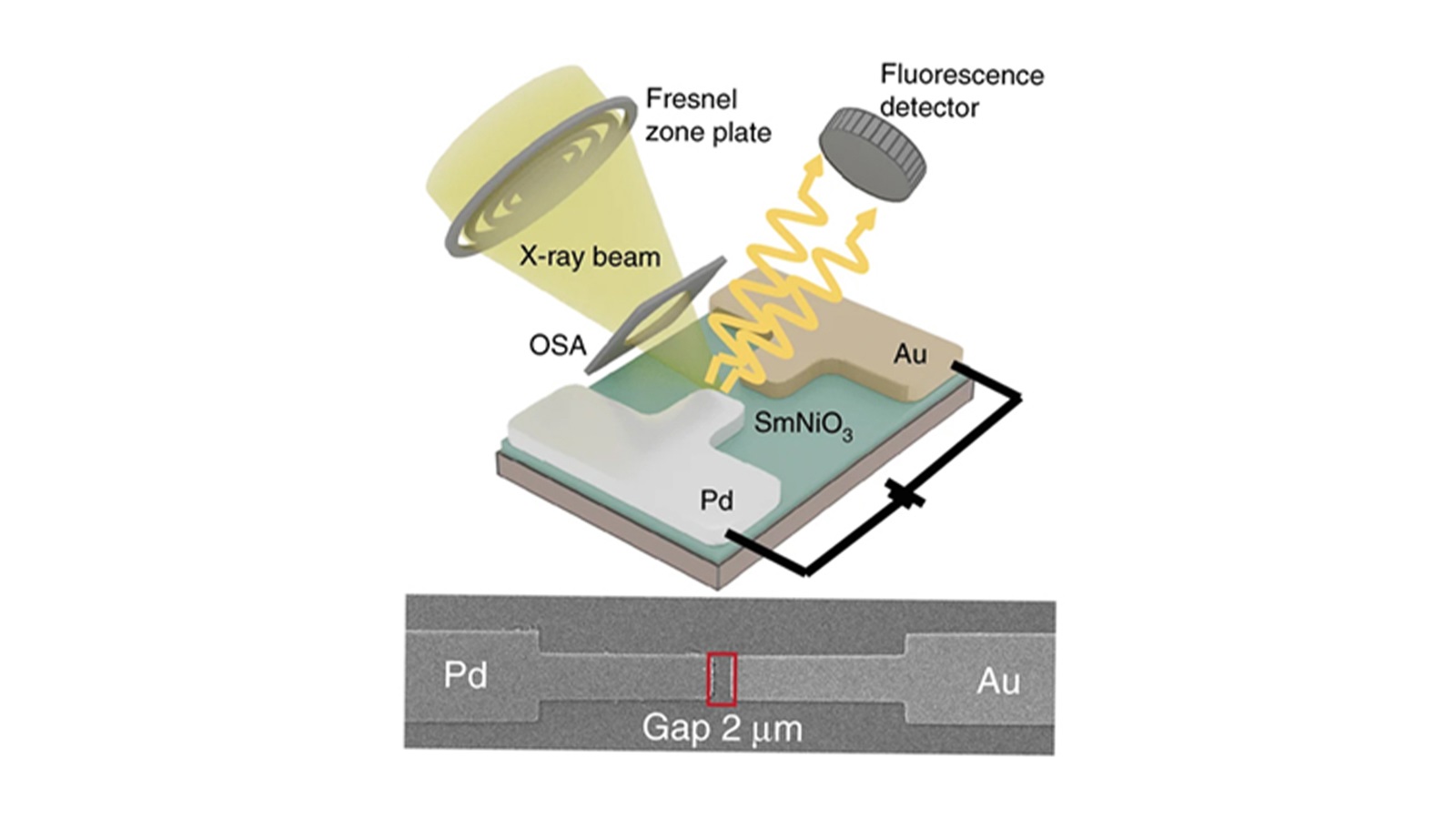
Argonne scientists help explain phenomenon in hardware that could revolutionize AI
A group of scientists from around the country, including those at Argonne National Laboratory, have discovered a way to make AI-related hardware more efficient and sustainable.

Worth their salt: New battery anodes use salt for energy, stability
Researchers at the U.S. Department of Energy’s Argonne National Laboratory and the University of California San Diego have discovered that a material that looks geometrically similar to rock salt could be an interesting candidate for lithium battery anodes that would be used in fast charging applications.
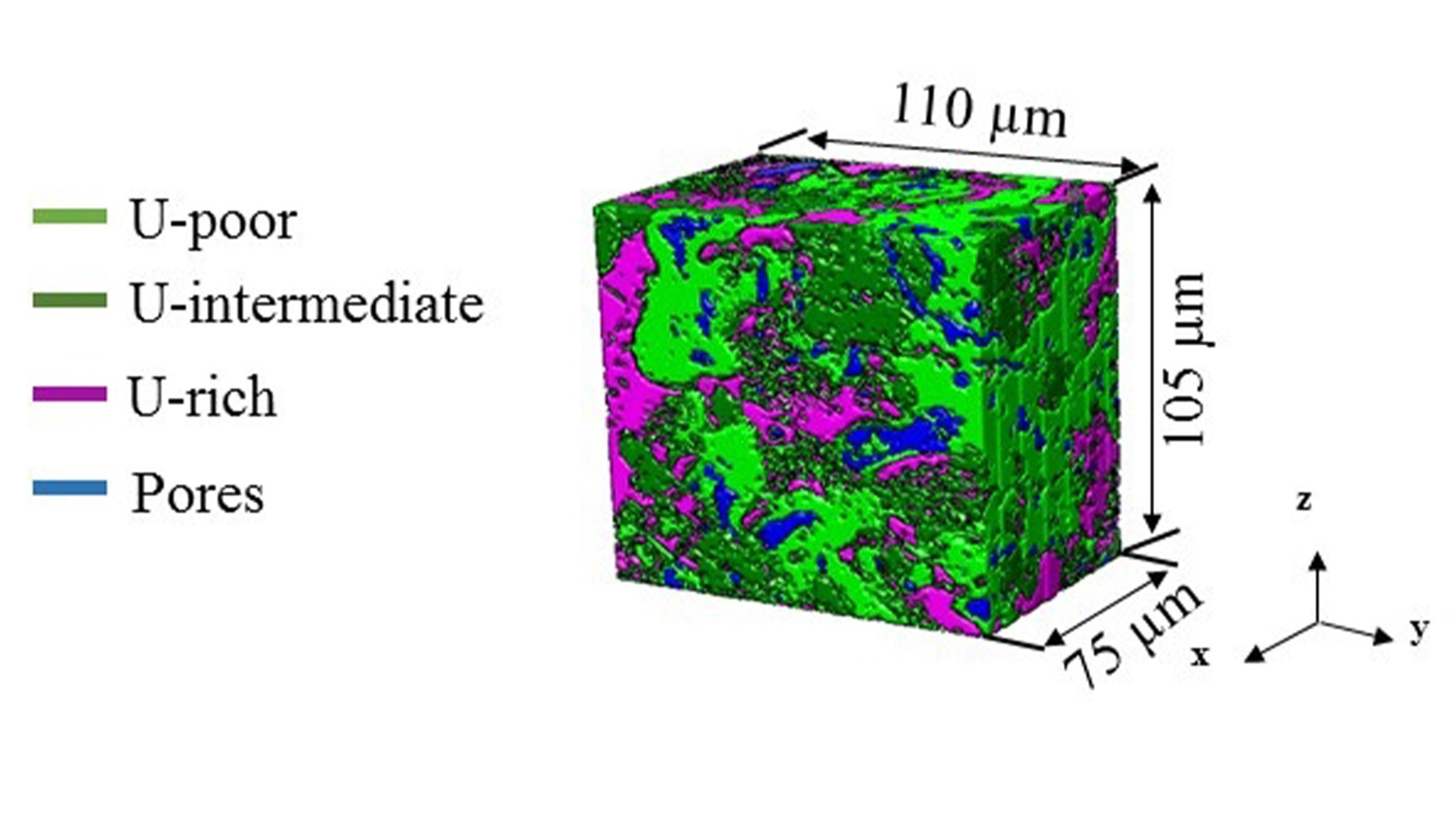
Scientists gain an unprecedented view of irradiated nuclear fuel
Researchers from Purdue University and Argonne National Laboratory have used intense X-rays to inspect irradiated nuclear fuel.
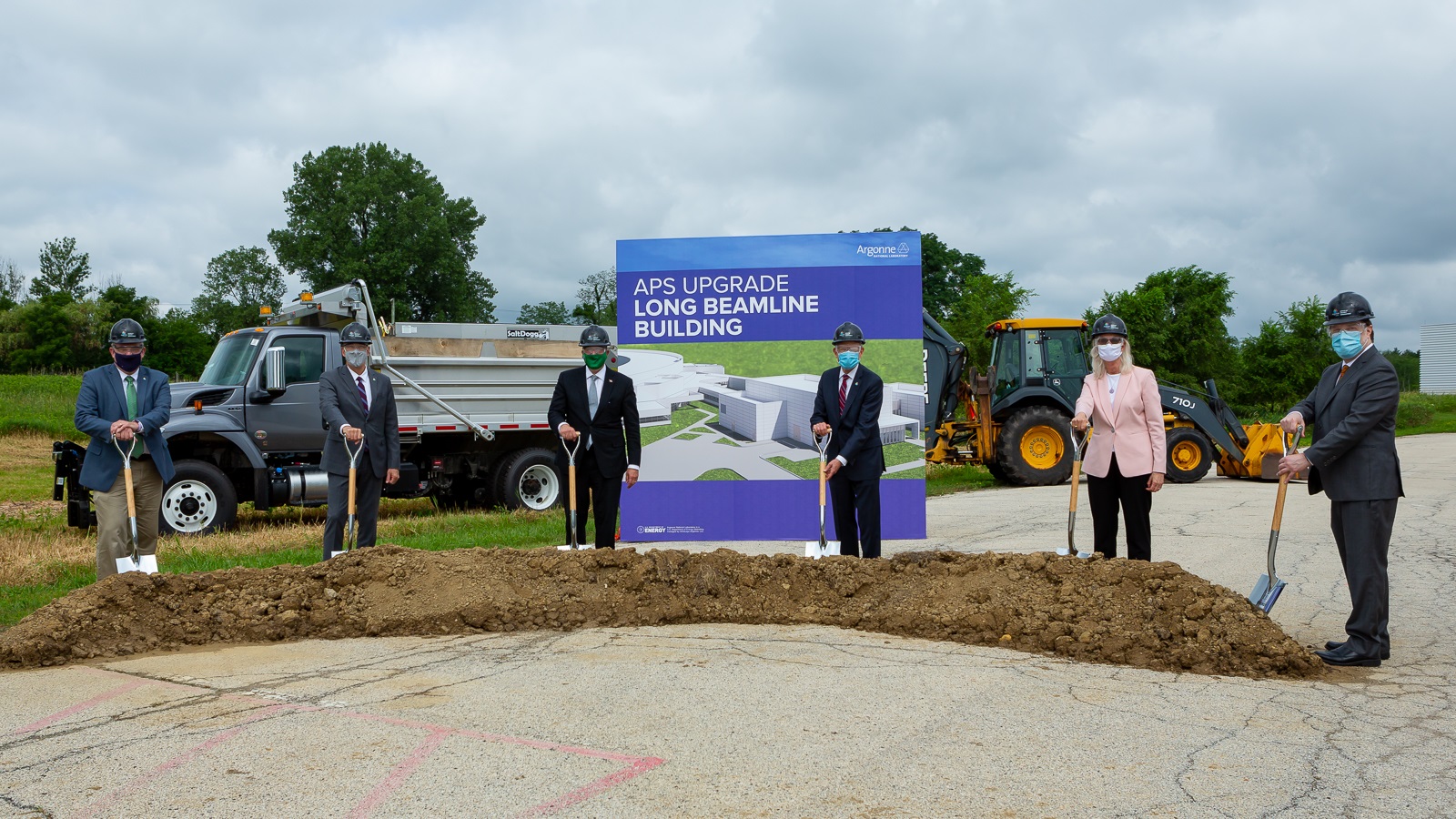
Argonne breaks ground on new state-of-the-art beamlines for the Advanced Photon Source
In a ceremony at Argonne, leaders from the Department of Energy joined the lab in breaking ground on two new beamlines that will enable new innovations in many different scientific fields.
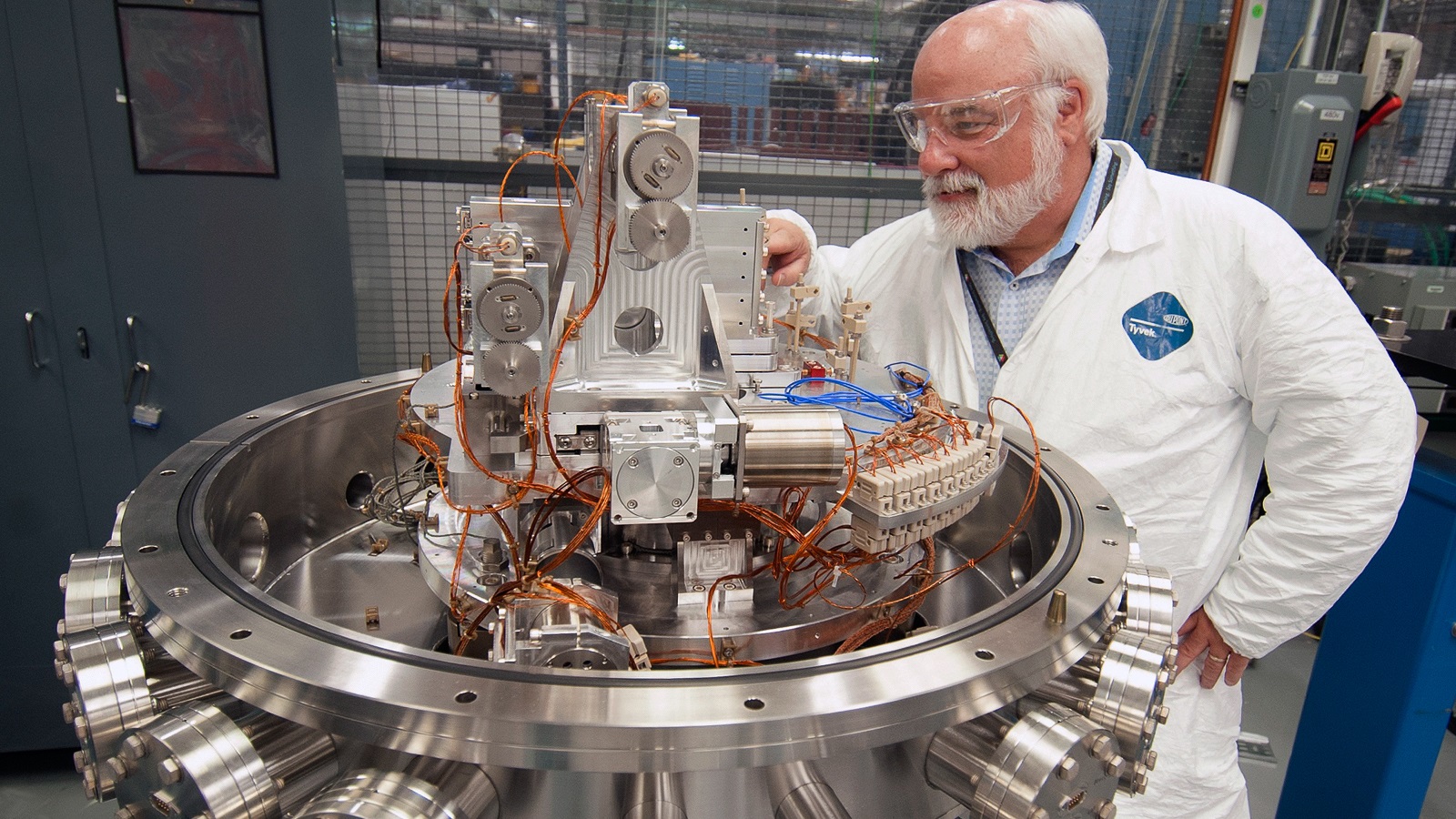
Advanced Photon Source Upgrade will transform the world of scientific research
It’s been almost 25 years since the APS first saw light. An $815 million upgrade is currently underway with an anticipated first light in 2023. The APS Upgrade will provide the scientific community with unprecedented new research opportunities.

High-throughput X-ray diffraction instrument comes to Argonne’s Advanced Photon Source
A collaboration between Argonne and several universities has led to the creation of a new high-throughput X-ray diffraction instrument that will enable materials research and clear the way for improvements in advance of the APS Upgrade.

Argonne scientists fashion new class of X-ray detector
Scientists at the U.S. Department of Energy’s Argonne and Los Alamos National Laboratories have identified a new class of X-ray detectors based on layered perovskites, a semiconducting material.
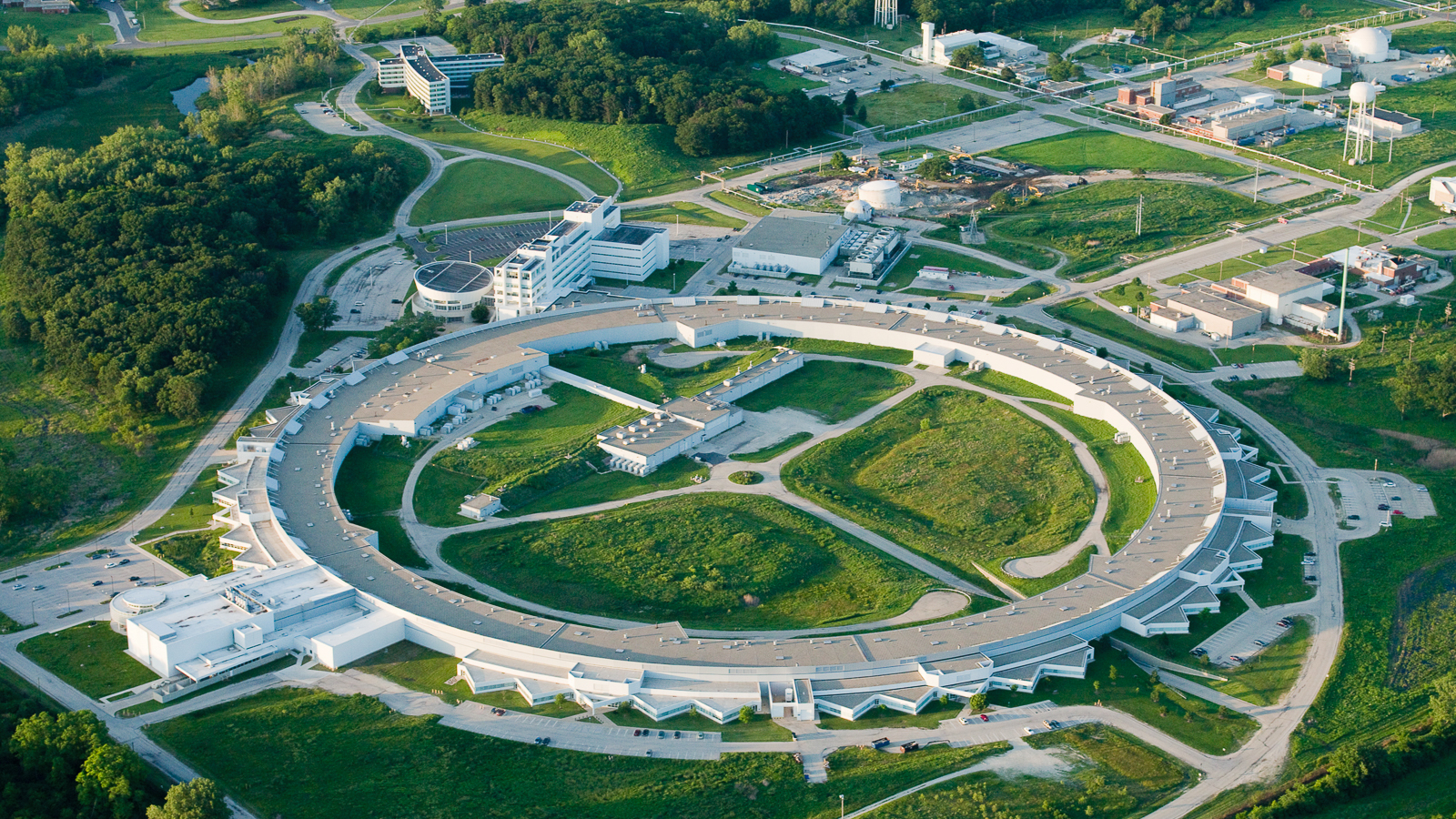
Argonne’s researchers and facilities playing a key role in the fight against COVID-19
Argonne scientists are working around the clock to analyze the virus to find new treatments and cures, predict how it will propagate through the population, and make sure that our supply chains remain intact.
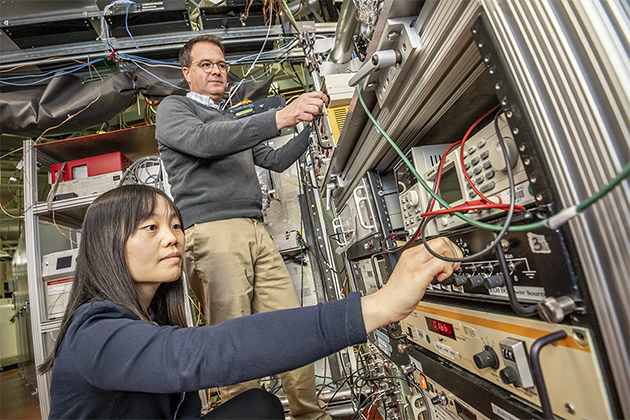
Scientists Discover New Clue Behind Age-Related Diseases and Food Spoilage
Berkeley Lab scientists have made a surprising discovery that could help explain our risk for developing chronic diseases or cancers as we get older, and how our food decomposes over time.

How sweet: Researchers find what makes chocolate melt in your mouth
Researchers have used X-ray techniques to investigate particular features of the geometric configuration of tiny particles of chocolate to see how they impact mouthfeel.
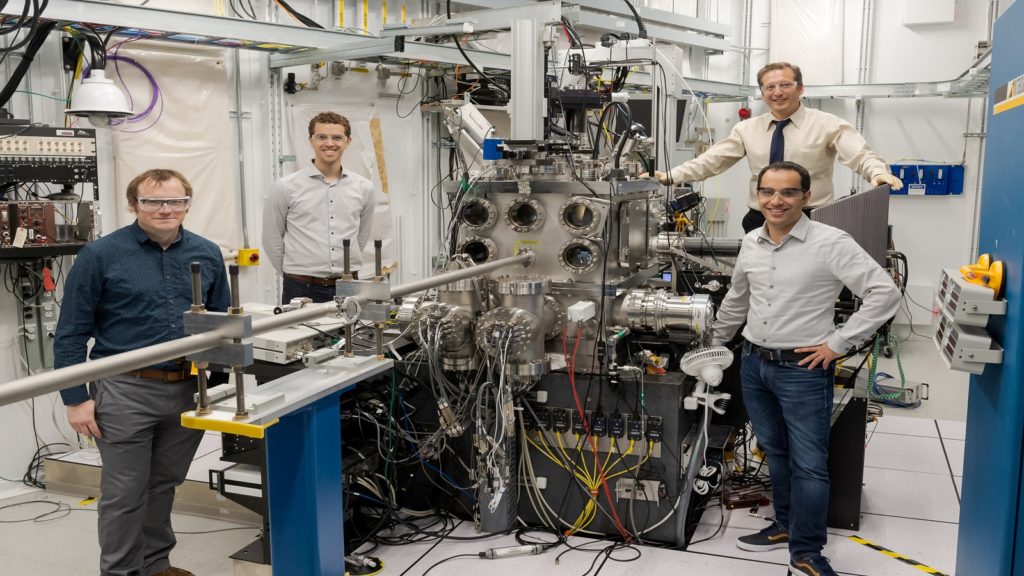
Seeing sound: Scientists observe how acoustic interactions change materials at the atomic level
By using sound waves, scientists have begun to explore fundamental stress behaviors in a crystalline material that could form the basis for quantum information technologies.